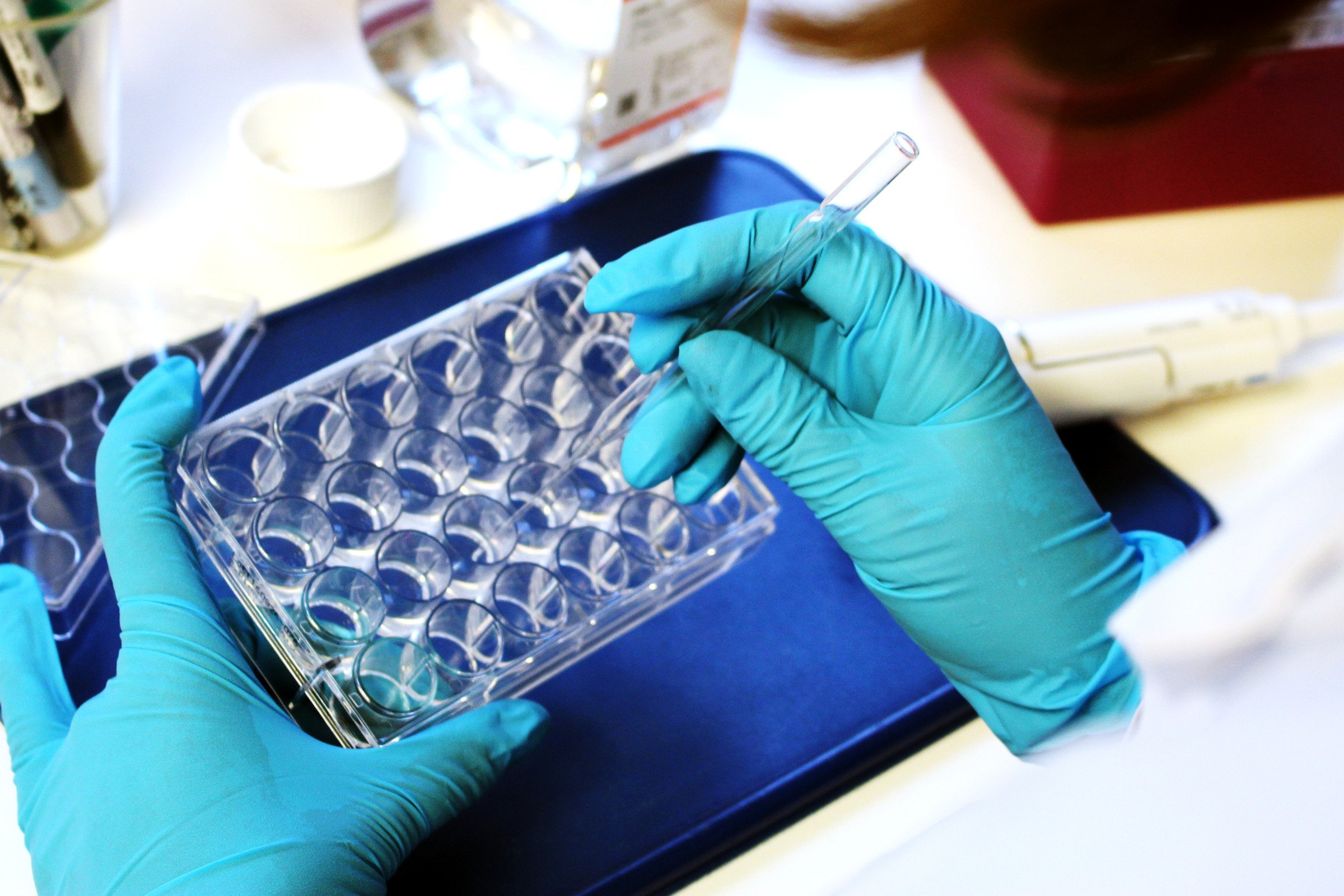Grave's Disease
Most patients with Graves’ disease recover after treatment. In many cases, medicine is sufficient, and after 1-2 years, the disease has gone into remission
Endocrinology
Karolinska's unit for endocrinologic diseases has been ranked first among all endocrinological units in the Nordic countries. Endocrinology
Precision medicine is the future of healthcare and enables more accurate diagnostics, more effective treatments, fewer medical injuries, and increased survival.
